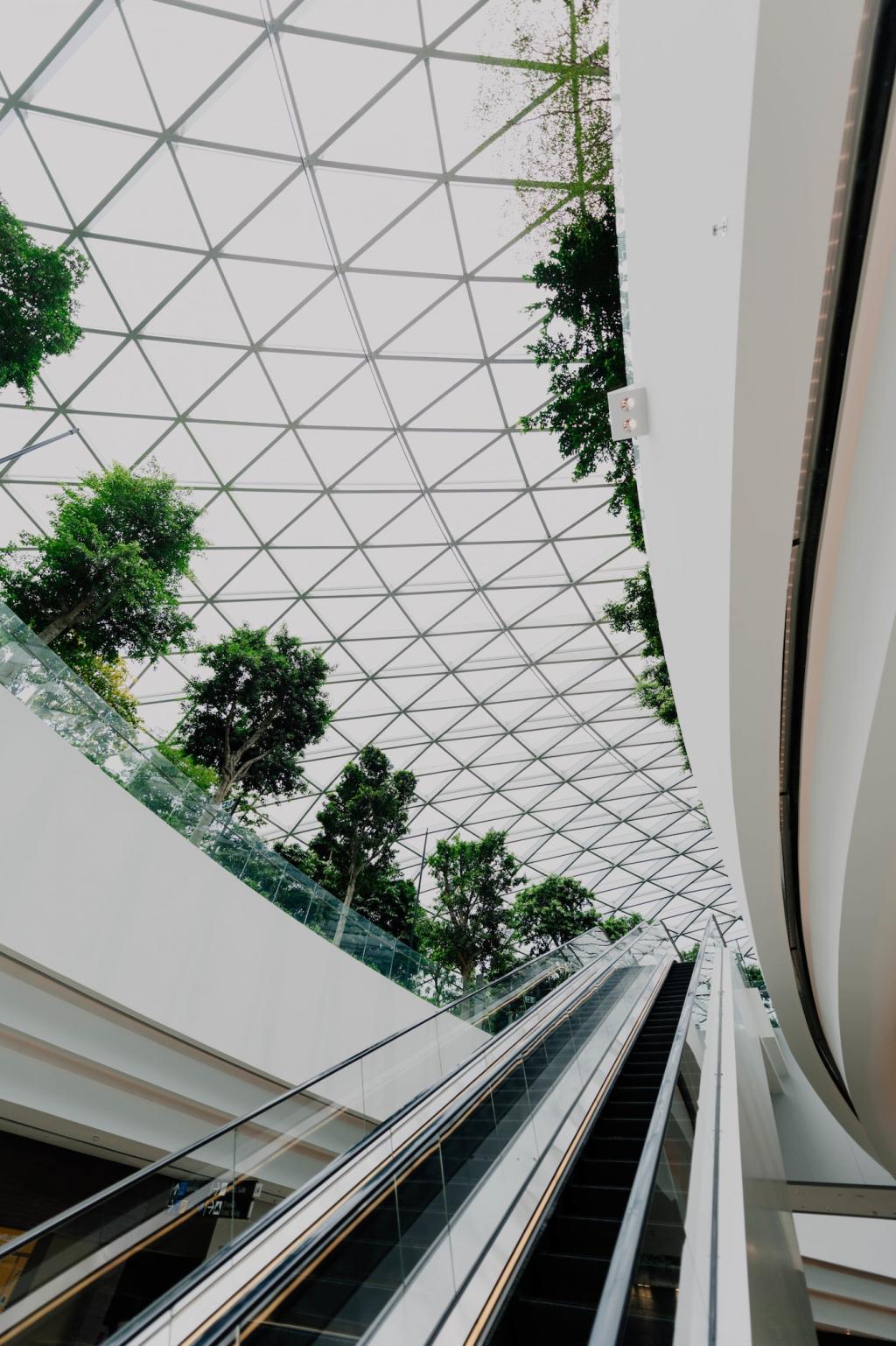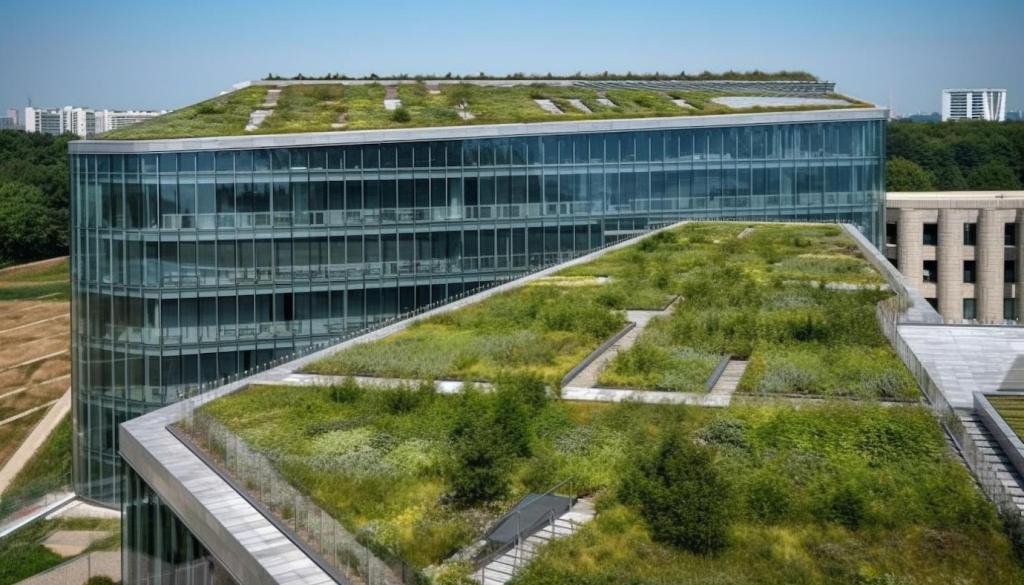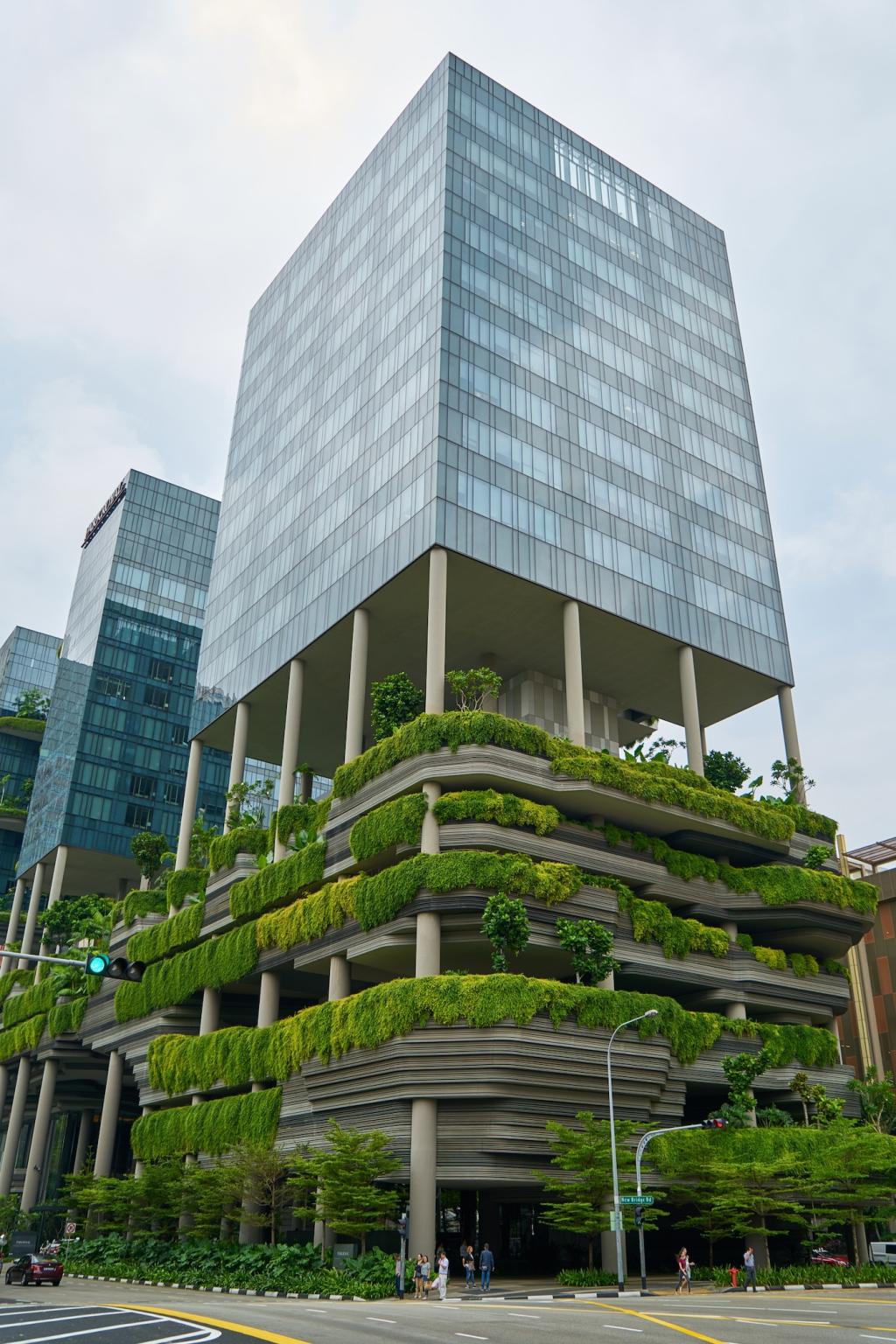The future of construction is being shaped by a growing emphasis on sustainability, with innovators across the globe seeking ways to minimize environmental impacts while maximizing energy efficiency and occupant health. Sustainable building supplies have transcended traditional concerns about durability and cost by embracing materials and techniques that mitigate negative ecological footprints. Modern advancements are enabling architects, builders, and homeowners to select from a rapidly expanding range of eco-friendly options. These new materials and systems contribute not only to environmental stewardship, but also to safer and more comfortable living and working environments. As research and technology evolve, the construction industry is poised to play a crucial role in building a greener, more responsible world.

Alternative Cementitious Materials

Carbon Capture and Storage in Concrete

Bio-Based Concrete Solutions



